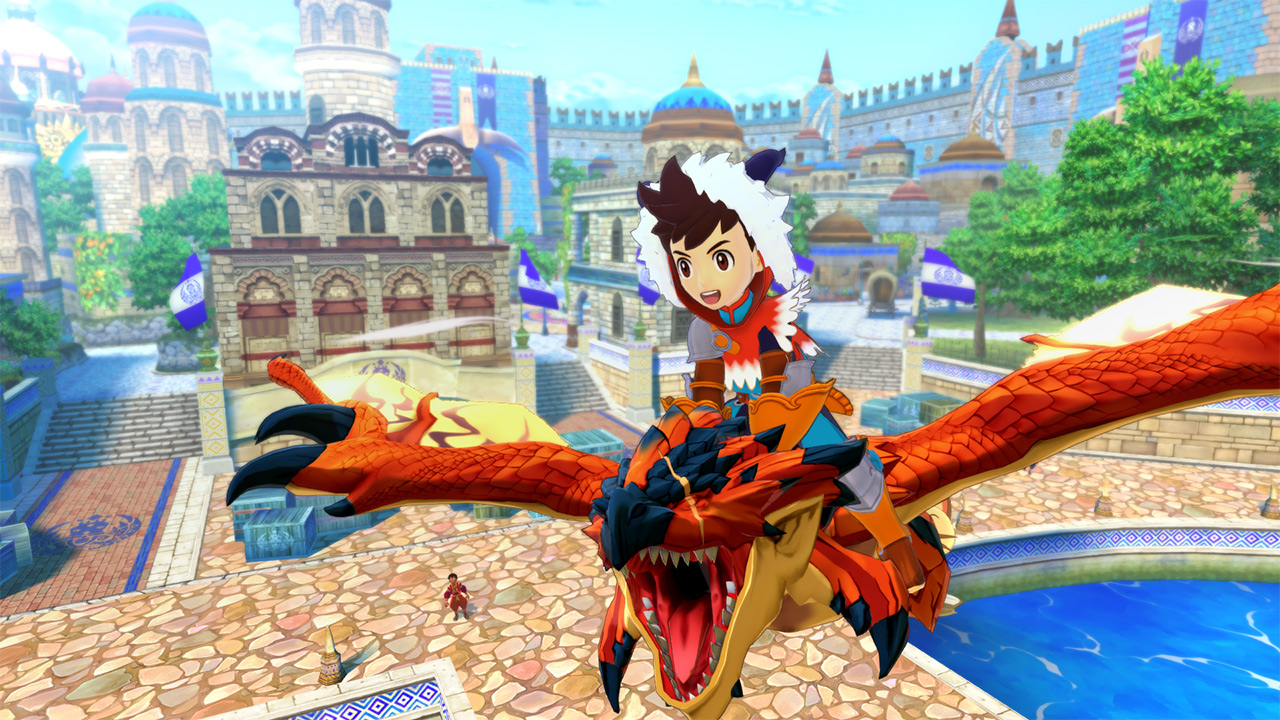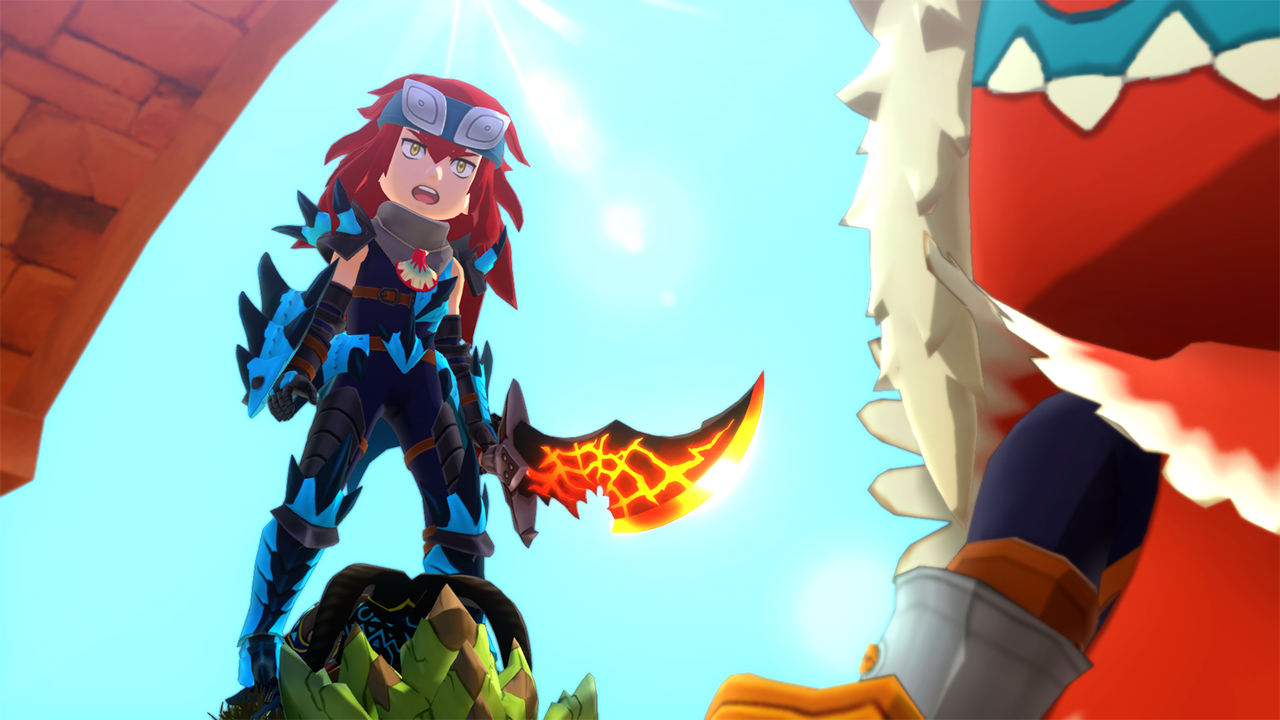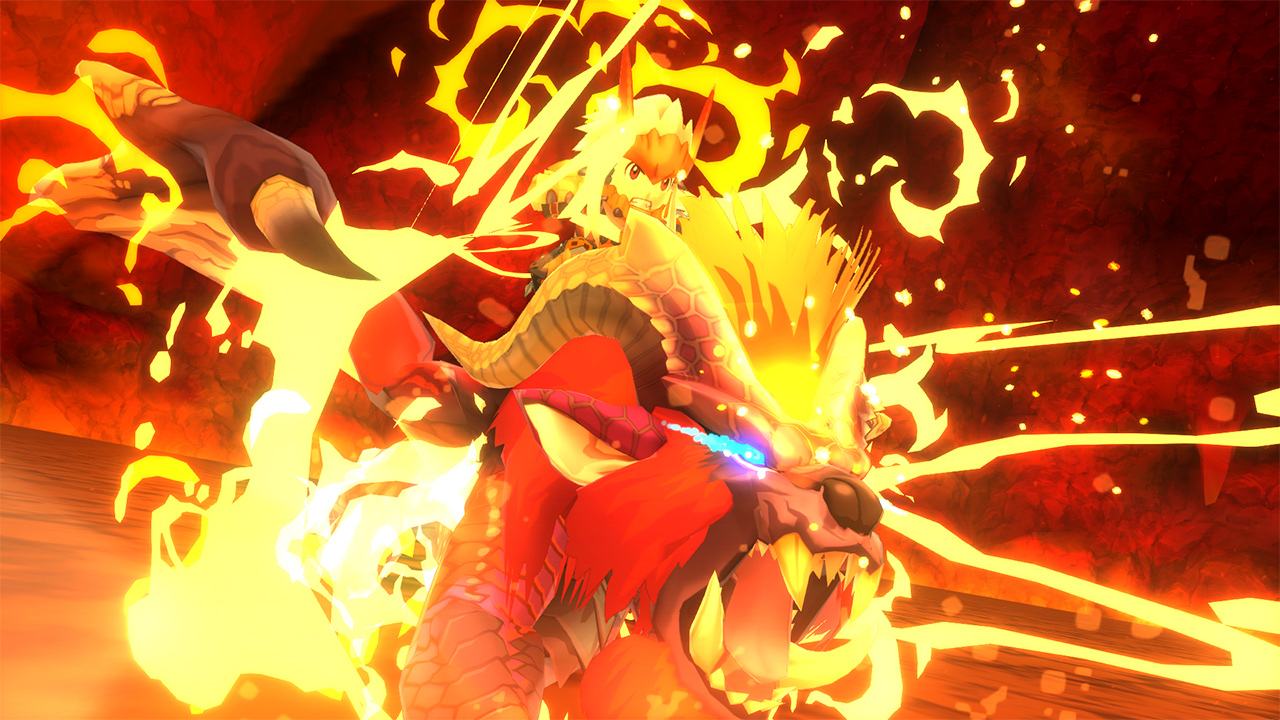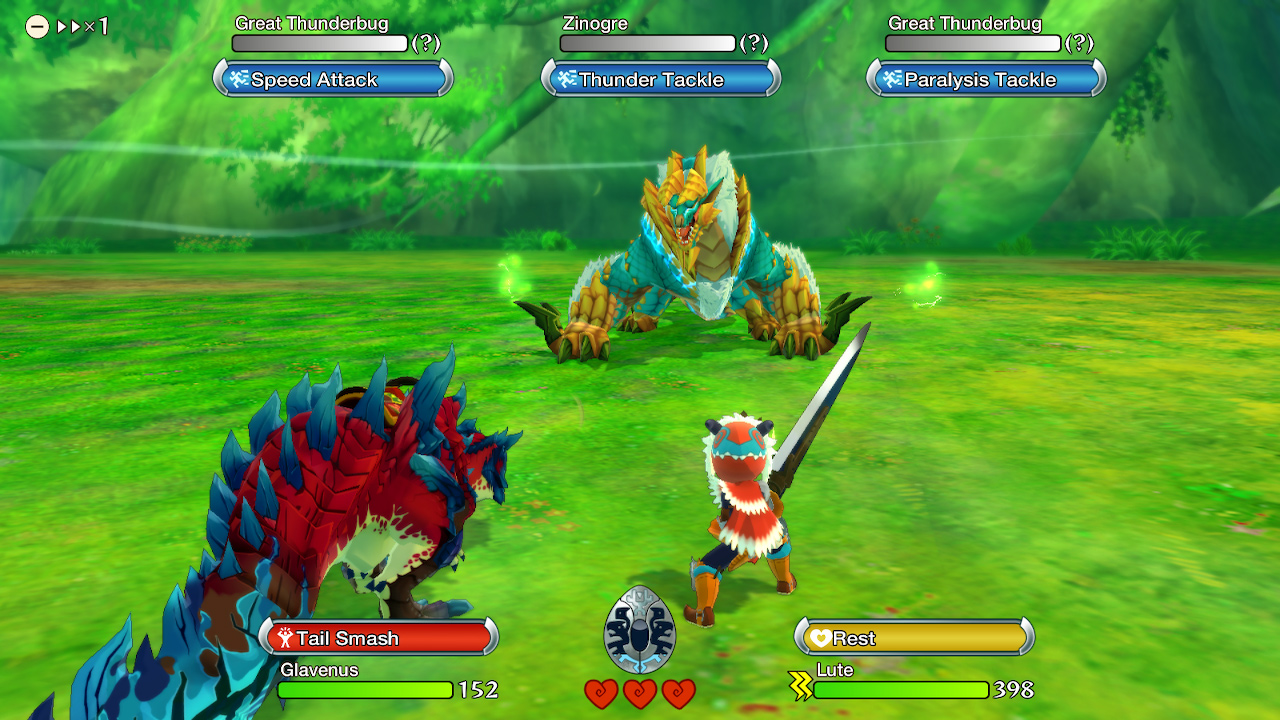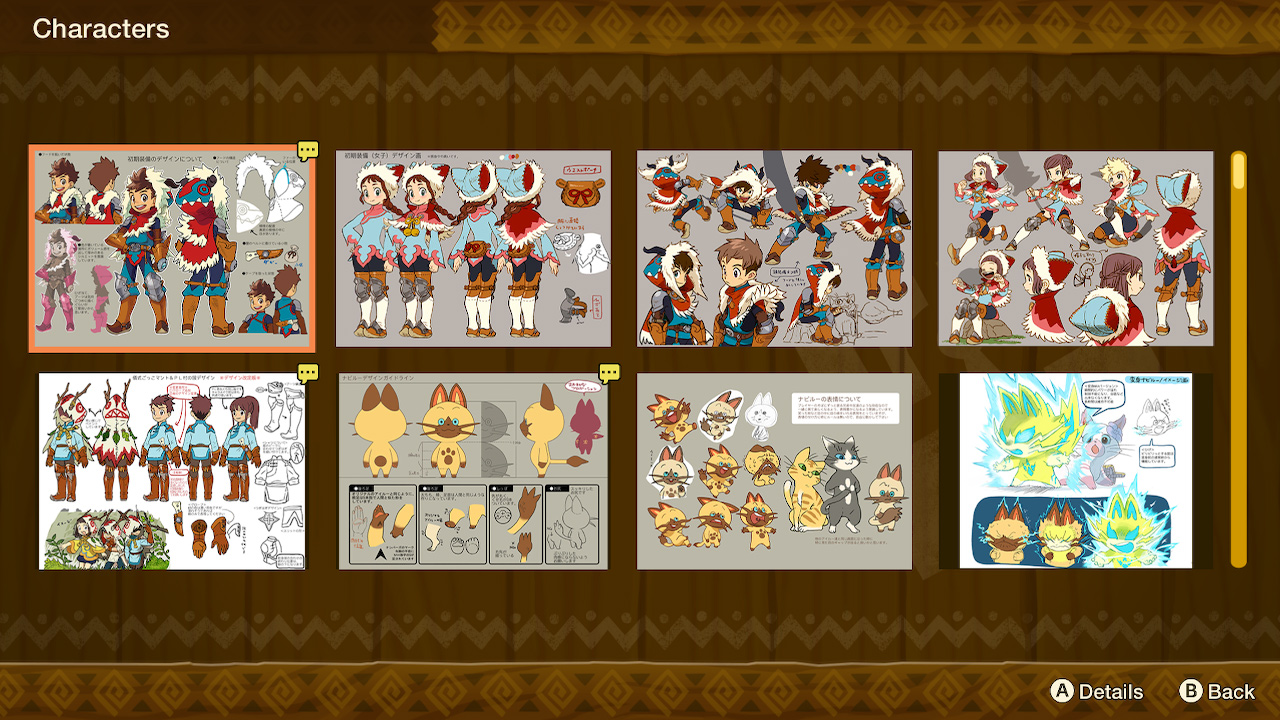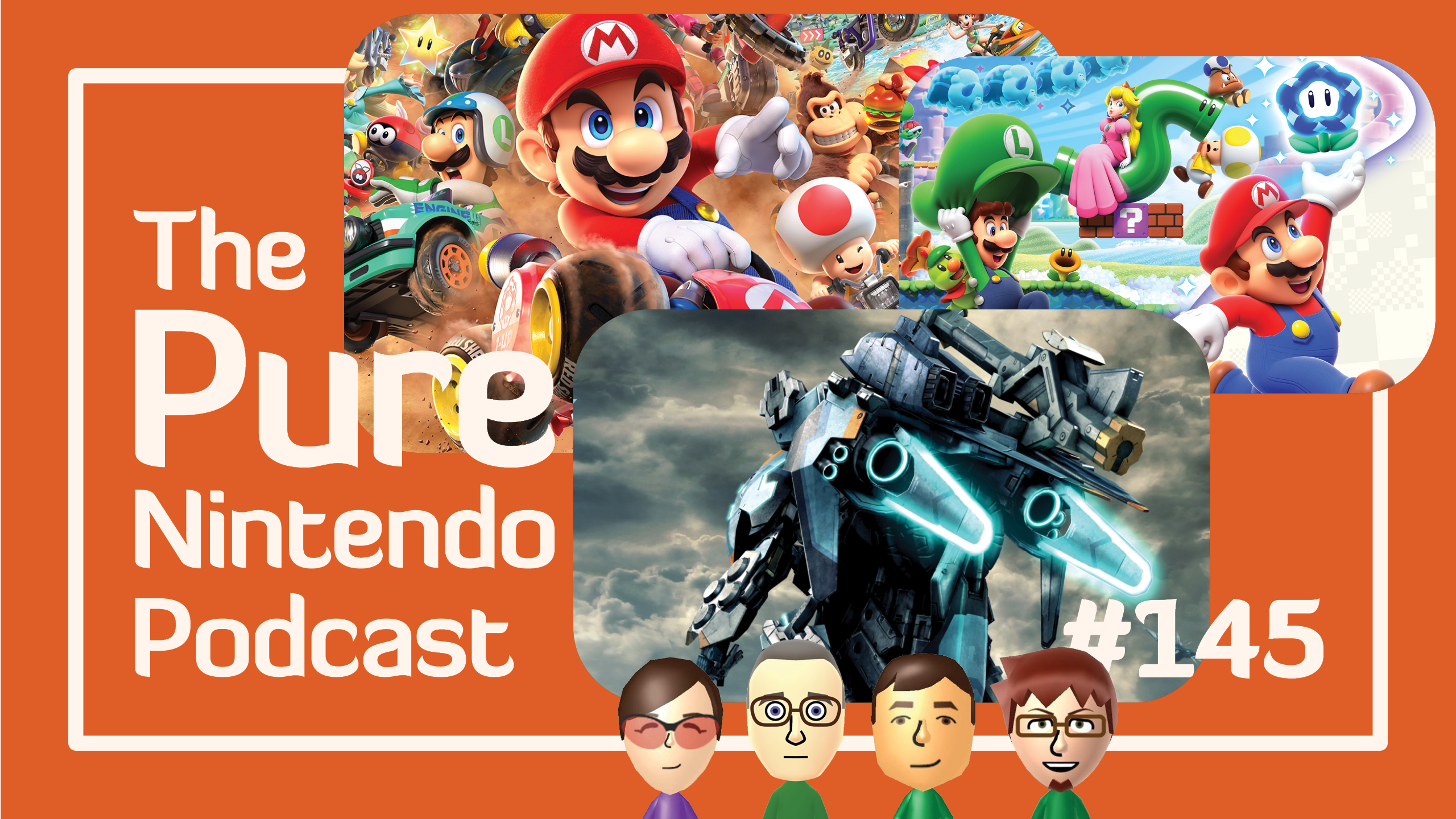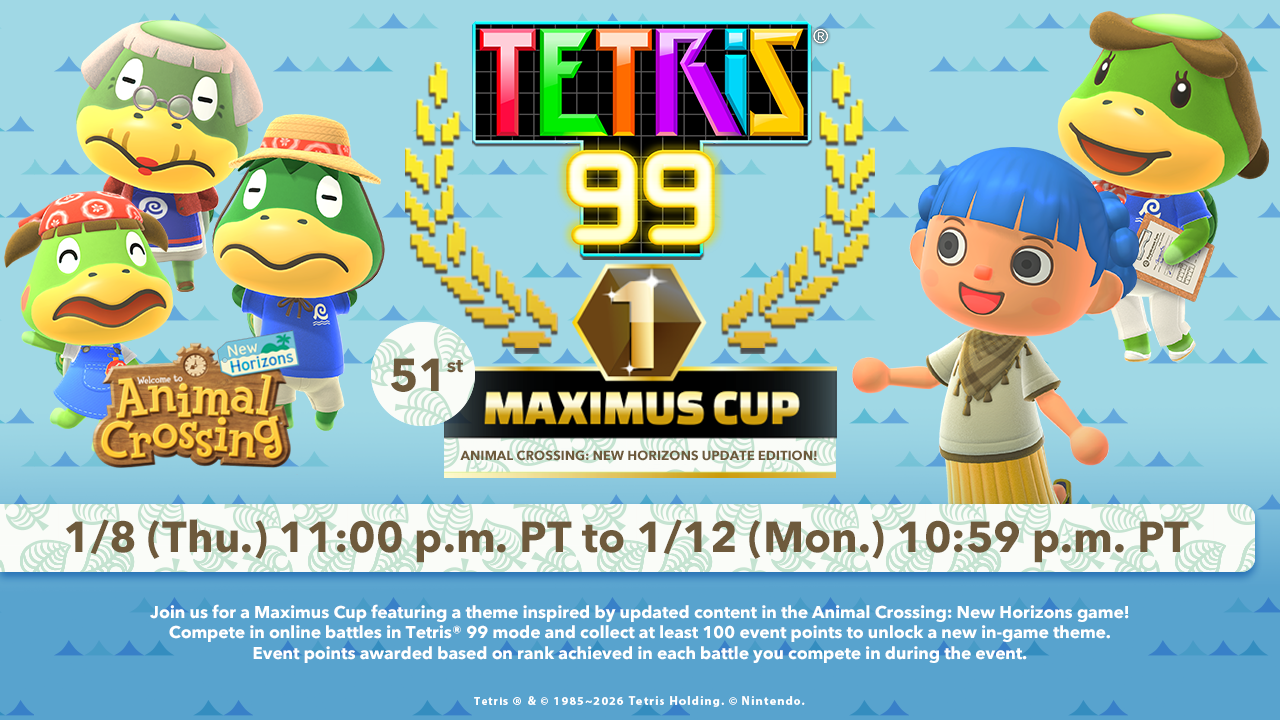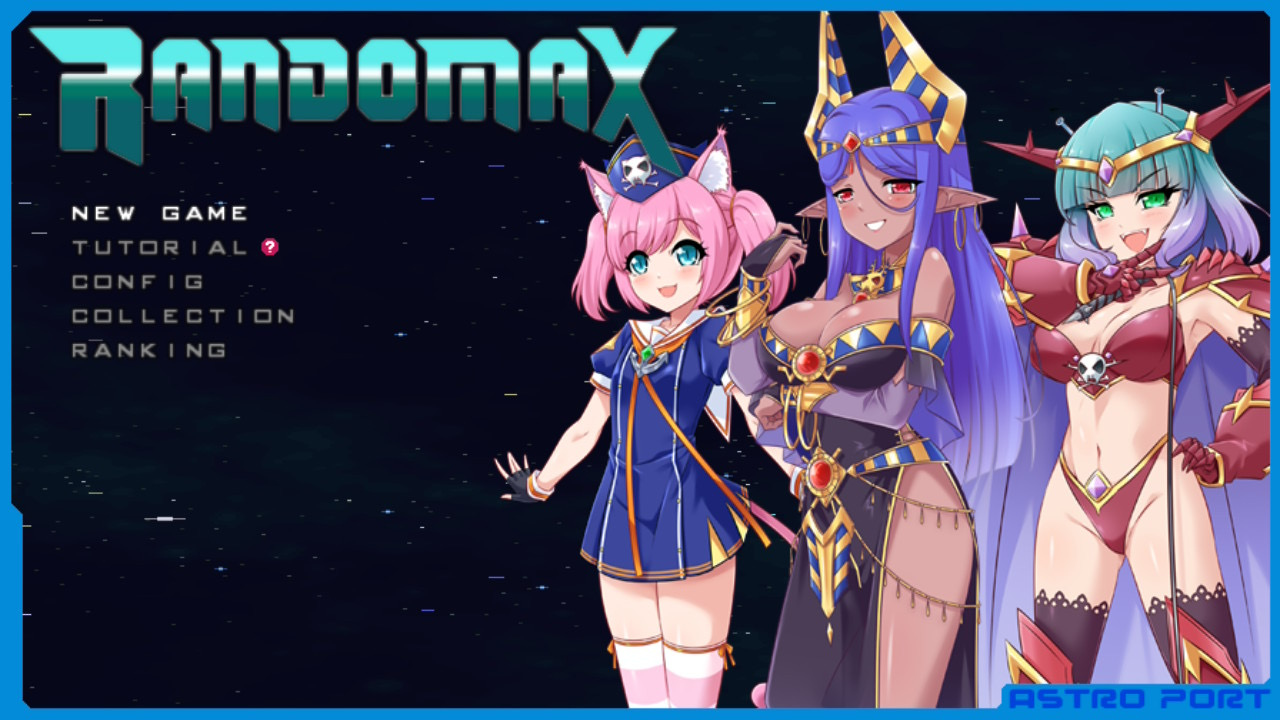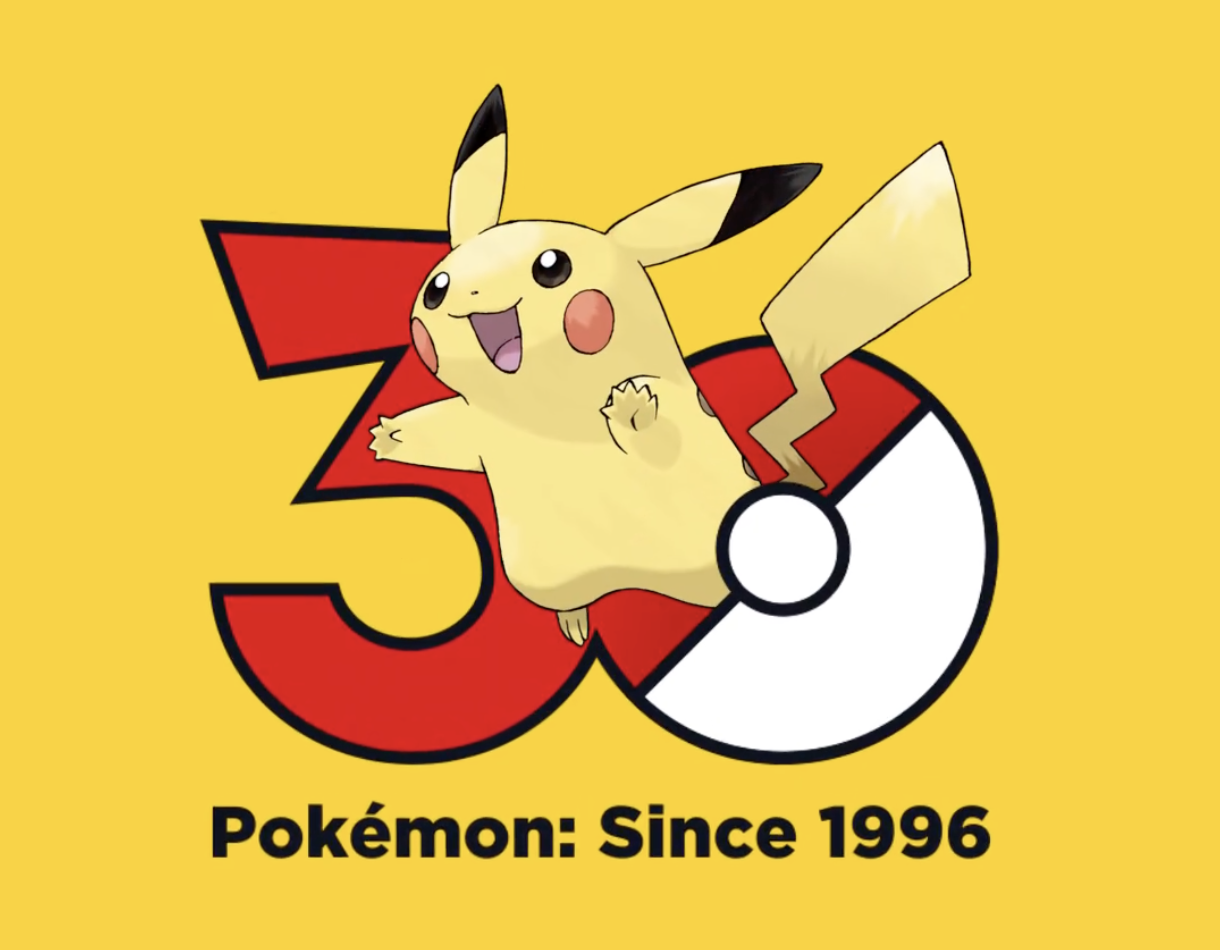Monster Hunter Stories, a game originally made for the DS, is a spin-off of Capcom’s Monster Hunter games. It’s more low-key and easy to play, with a completely different vibe, style, and combat system. Similar to the Pokemon games, Monster Hunter Stories uses a turn-based fighting style and is all about collecting more “Monsties” to build relationships with. While there is so much to do in this game, the main objective is to find better and stronger Monsties, build your kinship, and fight your way through the world of Monster Hunter, all while joining forces with unlikely foes in order to restore peace to your land.
Raised in the village of Riders, your character is taught how to care for monsters and help them grow to become your companions. From the beginning of the game, you’re taught the basics of how to do all of this. In order to raise Monsties, you must first find them. You do this by entering monster dens and stealing their eggs. Sometimes this is easy—for example, when there are no other monsters in the den. But other times there will be monsters, and you’ll have to either sneak around them as they sleep or fight them if they’re awake. Once you have an egg and escape the monster den, you take it back to your village where it then rests until it cracks open. There are different elements that come with hatching eggs, such as collecting egg fragments, but the game goes into detail about all of these.
After an egg is hatched, you have a Monstie! You can have a party of Monsties, as each have different abilities that are useful in fights. Monsties start out as babies but grow older, and they can also level up the more you use them in battles. Also, as you fight with them, you gain kinship, which is like a relationship level. The higher your kinship level, the stronger you and your Monstie become. You can unlock new power moves with each other as well.
Along with your Monsties, you can travel out from your village to find other monsters to fight. Fighting monsters helps you gain levels, kinship, and materials. With a turn-based fighting style, there are three types of moves you can use against each other: power, technical, and speed. Each type can beat another, kind of like rock-paper-scissors. Power beats technical, technical beats speed, and speed beats power. Keeping this in mind while fighting is important, because as you learn certain monster’s moves, you can have an advantage. However, when you first start out, you’ll know very little about different monsters. The further along in the game you get, and the more often you fight a specific kind of monster, you’ll learn about their species, their fighting moves, their strengths and weaknesses, and more.
With each battle you get into, you can have certain items in your inventory to help you out. Some are healing herbs, weapons, binoculars to help you see your opponent’s stats, or even potions you can make from collected items. Some can be healing while others can be used for damage. When a monster does damage to you, you can either use your turn to fight back, or to heal yourself. It’s important to get into a rhythm of doing both, because if too much damage is taken, you will lose a heart. You are given three hearts for a day, and if all are lost then you are”downed” and returned to your village.
There are lots of features in your village, as well. You have your house, where you can save and store things. You also have many neighbors. The other villagers are nice to talk to because a lot of them will give you side quests, such as finding specific items. When completed, they will pay you. This can also be done through the quest board in the village as well.
I found that Monster Hunter Stories could feel a bit overwhelming at times, especially in the beginning when all of this info is dumped on you. But the game also does a good job at keeping all of this information available to you in the menu. If you find yourself lost or forget how to do something, just opening the game’s menu and looking through the previous information you have learned will remind you.
This is helpful, as Monster Hunter Stories gives you plenty to do outside of gameplay. You’re able to fully customize your character—everything from name to appearance and clothes. New features include dialogue acted in different languages, and a “museum mode” which shows you all of the original design artworks and music tracks.
The graphics of this game have improved as well, and are a lot smoother than they were on the DS. The animations were nice, the settings were beautiful and fun to explore, the characters were unique, and the monsters were incredibly cool to look at. You can tell a lot of work and designing went into this game, which is an element I always appreciate. The music was great as well, and the story was fun to get into.
Though Monster Hunter Stories is a super detailed and in-depth game, it’s worth the long playthrough as it includes so much. Watching your Monsties grow, and becoming attached to them as you fight alongside each other is a great experience. The characters are all enjoyable, and the open-world exploring is incredibly fun.

